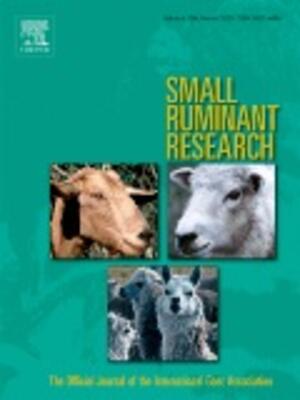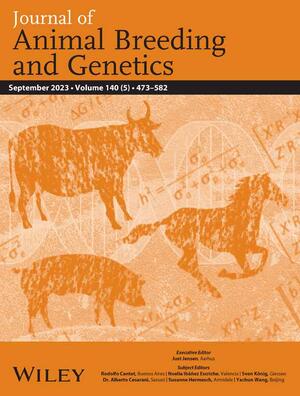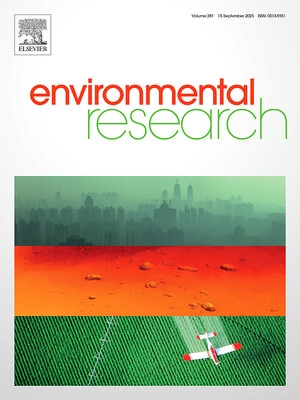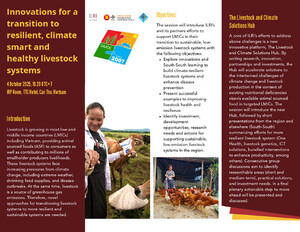
The impact of management and climate on soil nitric oxide fluxes from arable land in the Southern Ukraine
Abstract
NO fluxes from soils are a significant source for tropospheric NOx, though global and regional estimates of the soil source strength are constrained by the paucity of measurements. In a continuous 18 month effort (2012–2014) soil NO fluxes from an intensively managed arable site in the black soil region of the Southern Ukraine (Odessa region) were measured using an automated dynamic chamber system. Measurements revealed three periods of peak NO emissions (fertigation, re-wetting of soils, and to a lower extend during winter), with a pulse emission peak during soil re-wetting in summer of 88.4 μg N m−2 h−1. The mean annual NO flux was 5.1 ± 8.9 μg N m−2 h−1 and total annual NO emissions were 0.44 ± 0.78 kg N ha−1 yr−1. The fertilizer induced emission factor for NO was 0.63% under beetroot. The combined effect of soil temperature, soil moisture and soil DIN (NH4+ and NO3−) concentrations were identified as drivers of the temporal and spatial variability of soil NO fluxes. This work shows that long-term measurements are needed for estimating annual fluxes and the importance of soils as a source for tropospheric NOx as the contribution of different seasons and crop growing periods to the annual budget differed markedly.
Citation
Medinets, S., Gasche, R., Skiba, U., Medinets, V. and Butterbach-Bahl, K. 2016. The impact of management and climate on soil nitric oxide fluxes from arable land in the Southern Ukraine. Atmospheric Environment 137:113–126.










